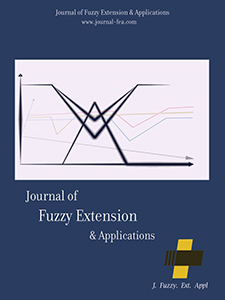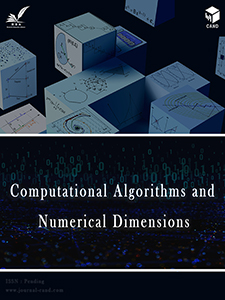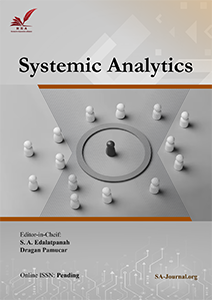An EOQ Model for Two Warehouse System During Lock-Down Considering Linear Time Dependent Demand
Keywords:
Demand disruptions, Perishables items, EOQ model, Covid-19 lock-down, Deterioration, Linear demandAbstract
The COVID-19 epidemic had a significant impact on both India and the rest of the world. The manufacturing and selling processes have been delayed due to the Covid-19 epidemic’s quick spread. Many sectors are now searching for a suitable and efficient disruption recovery strategy to assist in their recovery. Thus, the goal of this essay is to create a workable model that takes the Covid-19 pandemic’s many elements into account. This study proposes an inventory model while taking into account an interruption in demand. In this model, the FIFO policy is used to analyze effect of degradation. It has been suggested that a two-parametric Weibull distribution would accurately reflect the actual issues brought on by degradation. A two-warehouse system’s total cost will be as low as possible during the lock-down period, according to the research. Additionally, sensitivity analysis was utilized to assess the behavior of the models.

 Metrics
Metrics



